During the week of June 4-11, 2022, volunteers all around the world participated in Make a Difference Week. Some cleaned up the Mabamba Bay Ramsar Site in Uganda’s Wakiso District. Some planted native trees on the grounds of a school in the Central Kalimantan province of Indonesia. Others restored coastal sage scrub habitat in California’a San Elijo Lagoon Ecological Reserve. Blisters, muddy boots, and sweaty brows were not the only things shared by participants in this global week of restoration action; they likely experienced the joy of engaging in restoration. Organized by the Society for Ecological Restoration, Make a Difference Week not only impacts the places in which its registered events occur; it also unites people in a worldwide community of care for our planet. As members of that community, we were thrilled to take part in Make a Difference Week ourselves.
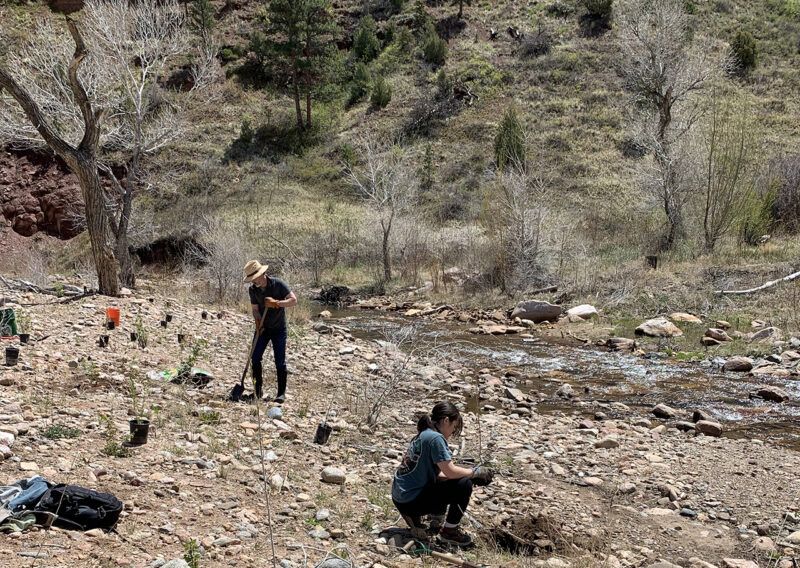
Our Southern Rocky Mountain Bioregion team volunteered to help the Left Hand Watershed Center with supplemental plantings along reaches of Left Hand Creek that had been restored following the devastating floods of 2013.
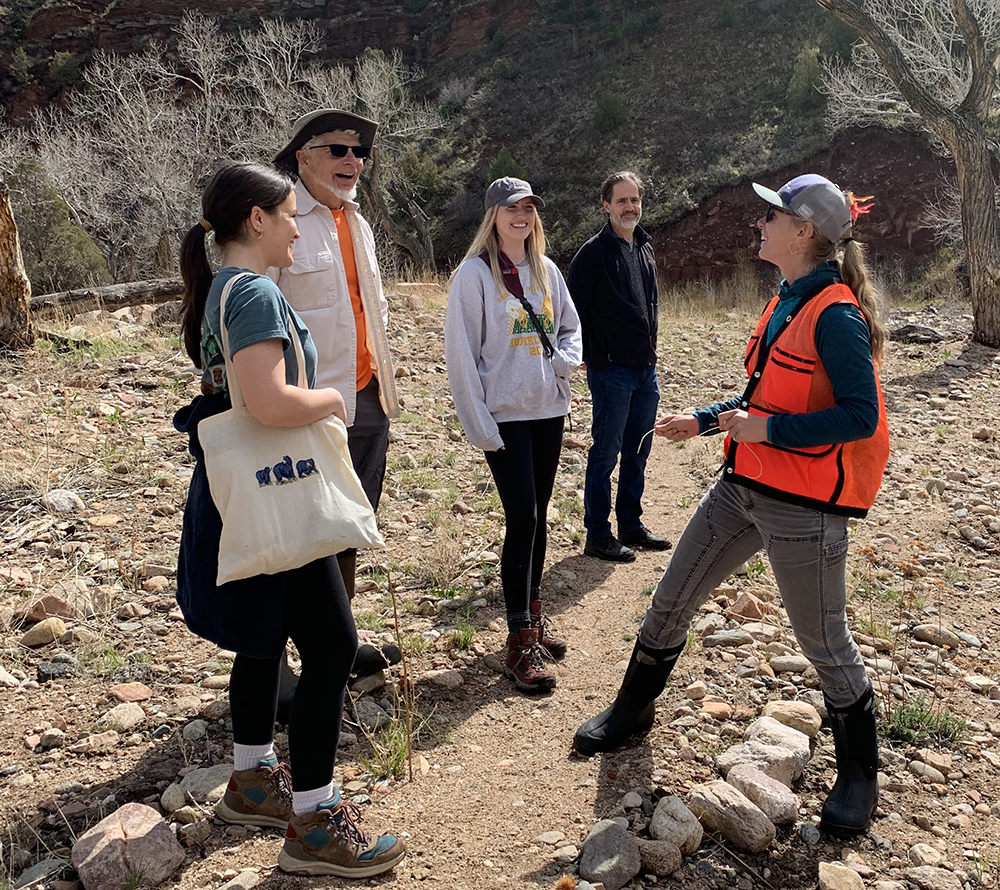
Our team got their hands dirty installing loads of native trees and shrubs, including Plains cottonwoods (Populus deltoides ssp. monilifera), narrowleaf cottonwoods (Populus angustifolia) and peachleaf willow (Salix amygdaloides), and snowberry (symphoricarpos albus).
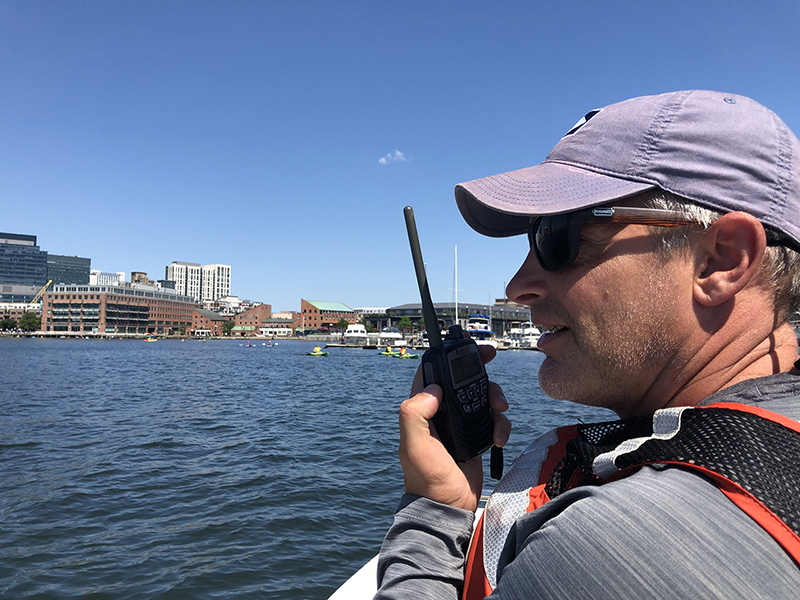
Team members from our Chesapeake Bay Bioregion office provided and staffed a safety boat for the Waterfront Partnership of Baltimore’s annual Floatilla, a paddling event that raises awareness of the importance of clean water and raises money to fund trash removal from Baltimore Harbor and environmental field trips for Baltimore City students.
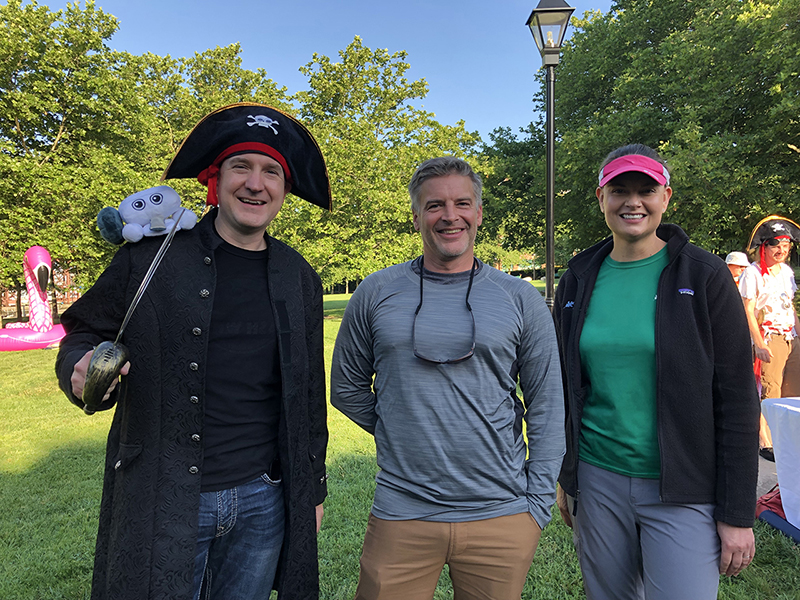
Adam Lindquist, Vice President of Programs and Environmental Initiatives (L) chats with members of Biohabitats safety crew (Bryon Salladin and Rebecca Winer-Skonovd) before leading a fleet of several hundred pirate paddlers in Baltimore Harbor.
This year’s pirate-themed Floatille guided paddlers to various harbor “treasures” including the WPB’s famous Mr. Trash Wheel, and Biohabitats-designed floating wetlands.
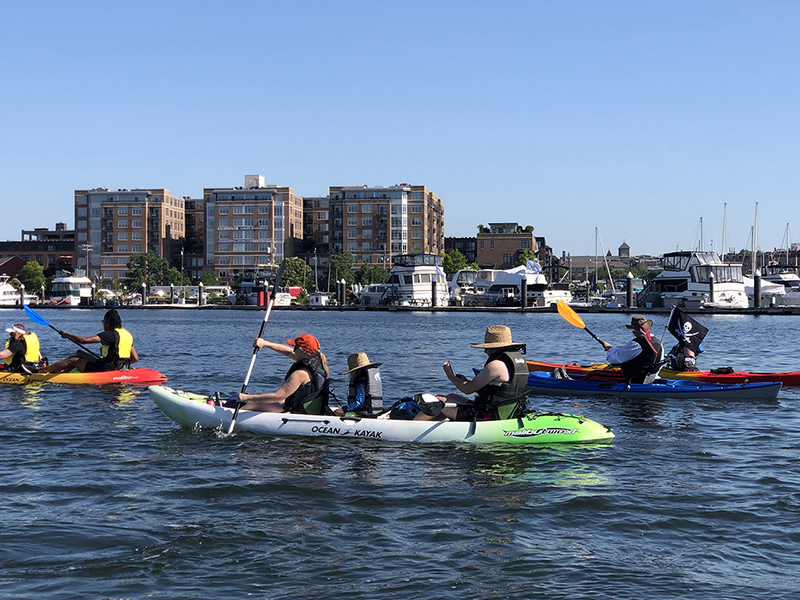
Members of our Great Lakes Bioregion team volunteered to help The Nature Conservancy remove invasive species at the Lucia S. Nash Nature Preserve.
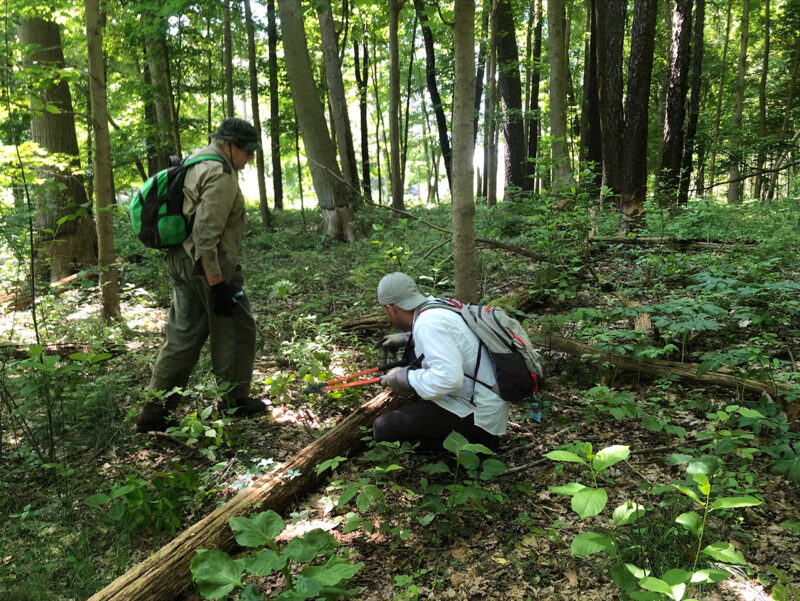
Their removal of invasive buckhorn Rhamnus cathartica, made a visible difference in this lovely wetland complex.
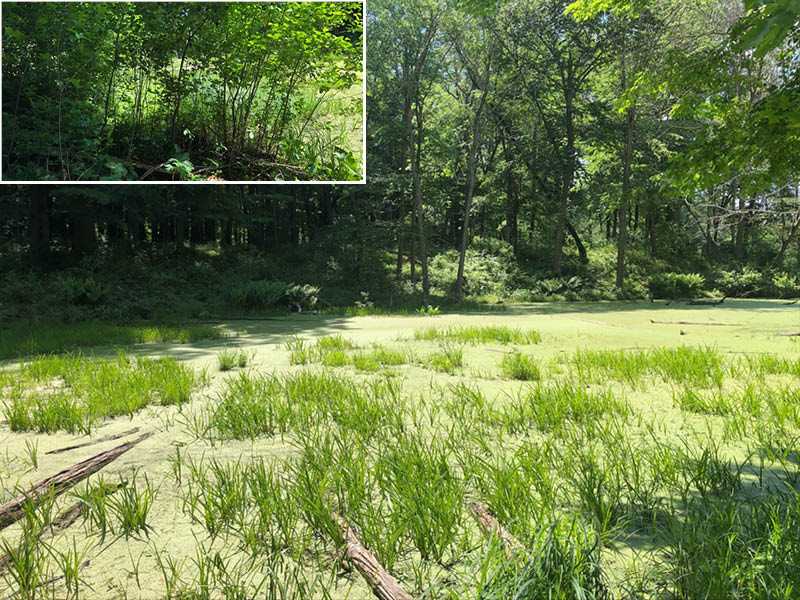
Before (inset) and after invasive species removal
Further Reading
Get to know Senior Engineering Technician Cody SmoutMeet Interdisciplinary Water Resources Engineer Emily Dubois
Get to Know Administrative Assistant Anne Berg
Jaye Hoyte Hayes reflects on his experience as a Biohabitats intern
Alyssa Burton’s experience as a Biohabitats intern
More From This Author
Art + science = environmental awarenessDonating Time to Support and Advance Ecosystem Restoration
What if the People’s Climate March had Included Plants & Animals?
A Look at the Degree of Conservation Along the Colorado River: a guest blog post by freelance writer Meika Jensen
Thoughts on Earth Day

